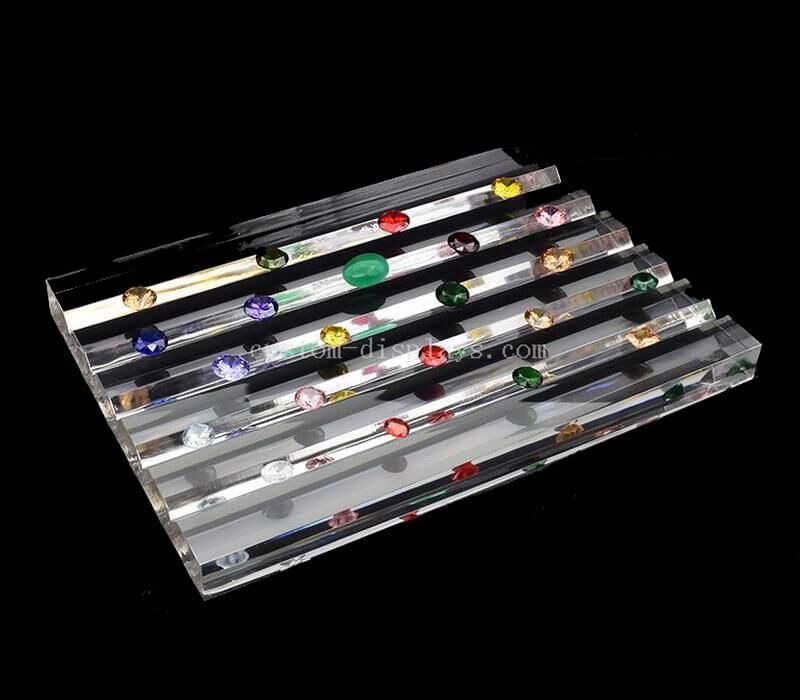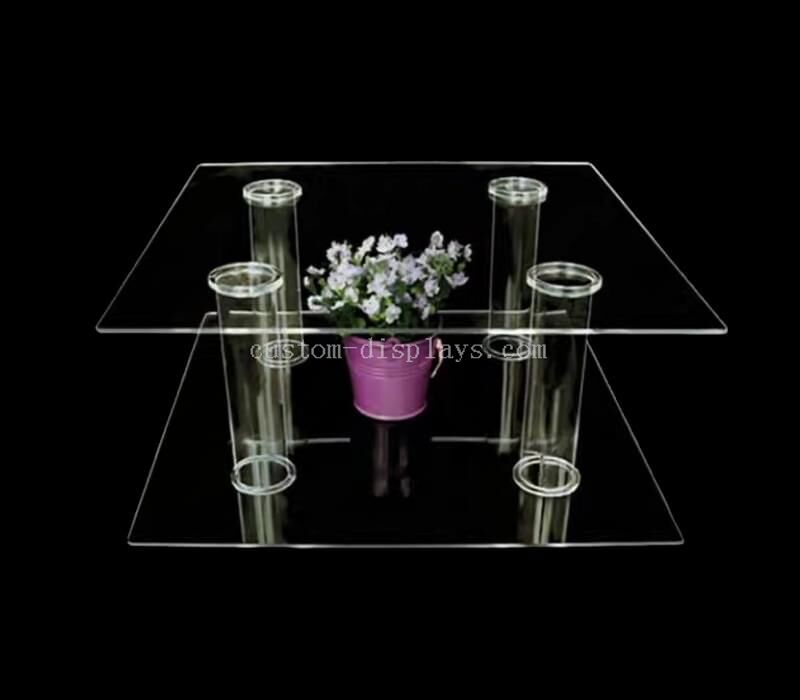Acrylic technology has witnessed remarkable advancements over the years, transforming it from a simple plastic material to a versatile and essential component across various industries. As we peer into the future, it’s intriguing to contemplate the potential directions that acrylic technology might take, along with the exciting new applications and improvements that could emerge.



- Enhanced Durability and Sustainability:
One of the key areas of innovation in acrylic technology is the pursuit of enhanced durability and sustainability. Researchers are actively working on developing formulations that can make acrylic materials more resistant to wear, tear, and environmental factors. The goal is to create acrylic products that can endure harsh conditions while maintaining their aesthetic appeal. Additionally, there’s a growing emphasis on making acrylic production more environmentally friendly, reducing the carbon footprint and reliance on non-renewable resources. - Smart Acrylics:
With the rapid advancement of smart materials and the Internet of Things (IoT), the integration of technology into acrylic products is an exciting avenue to explore. Imagine acrylic surfaces that can change color or transparency in response to environmental conditions, such as temperature or light. These smart acrylics could have applications in architecture, automotive design, and interior decoration, creating dynamic and responsive environments. - Nano-Coatings for Improved Performance:
Nano-coatings have shown immense potential in enhancing the performance of various materials, and acrylics are no exception. By applying nanotechnology, acrylic surfaces could become more scratch-resistant, hydrophobic, or self-cleaning. This would not only extend the lifespan of acrylic products but also reduce the need for frequent maintenance, making them more practical and cost-effective. - Medical and Biotechnology Innovations:
Acrylics have found their way into the medical field, particularly in the form of dental prosthetics and medical implants. Looking ahead, there’s a possibility for further advancements in biocompatible acrylic materials that could be used in tissue engineering, drug delivery, and medical device manufacturing. These innovations could revolutionize healthcare by offering safer and more effective solutions. - Artistic and Architectural Marvels:
The aesthetic qualities of acrylics have made them a favorite among artists, architects, and designers. In the future, we might witness the creation of breathtaking art installations and architectural marvels that leverage the unique properties of acrylics, such as light transmission and color vibrancy. These innovations could reshape our understanding of visual experiences in various spaces. - 3D Printing Breakthroughs:
3D printing has disrupted manufacturing processes, and acrylics are no strangers to this trend. As 3D printing technology advances, we can anticipate more intricate and complex acrylic structures being fabricated with high precision. This could lead to the production of customized consumer goods, intricate industrial components, and innovative design prototypes.
Conclusion:
The future of acrylic technology is poised to be a captivating journey of innovation and discovery. From smarter and more sustainable materials to revolutionary applications in medicine, art, and industry, the potential for growth is vast. As researchers, engineers, and creative minds continue to push the boundaries of acrylic technology, society is likely to reap the benefits of improved products, enhanced aesthetics, and solutions that were once thought to be out of reach. By fostering collaboration and investing in research, we can look forward to a future where acrylics play an even more integral role in shaping our world.
